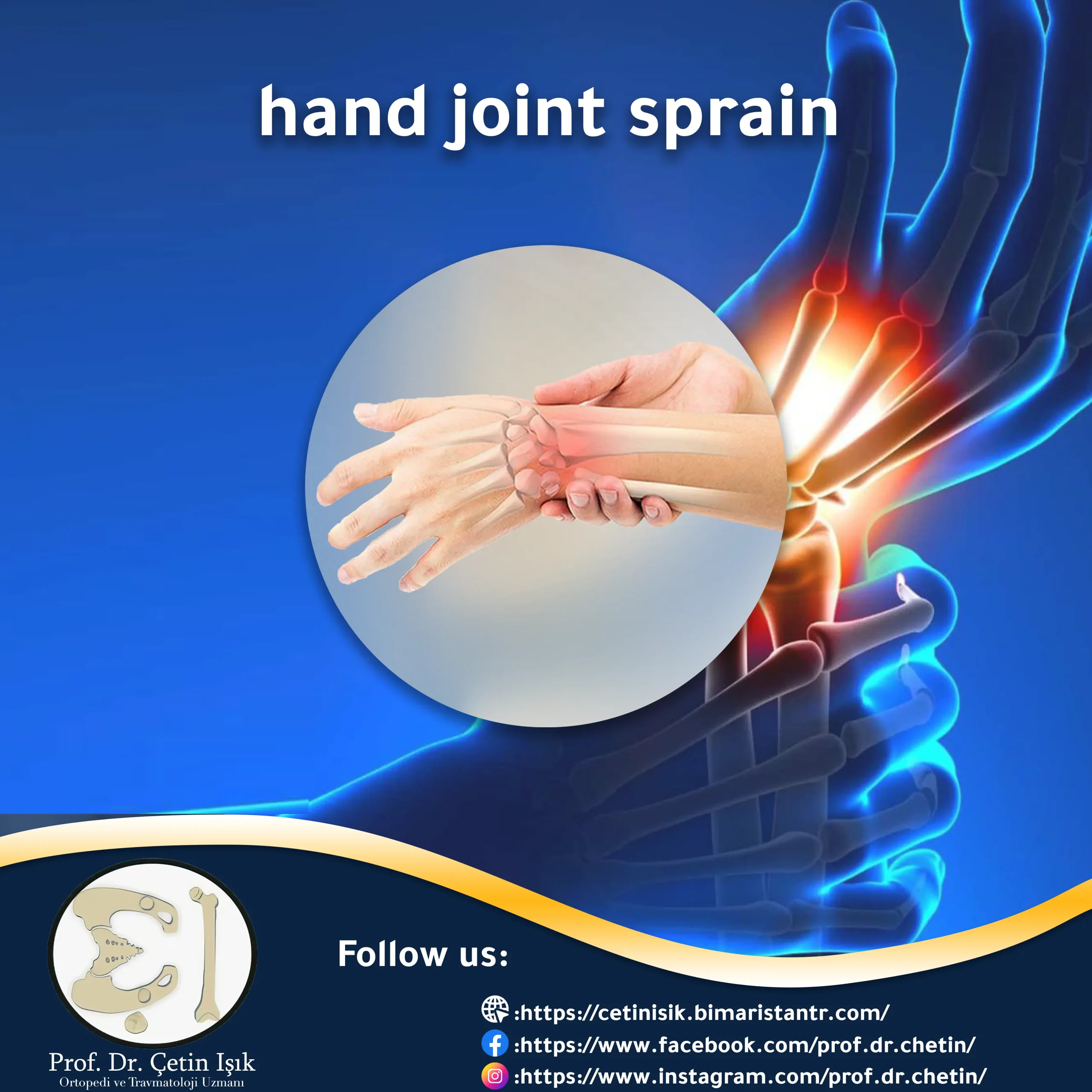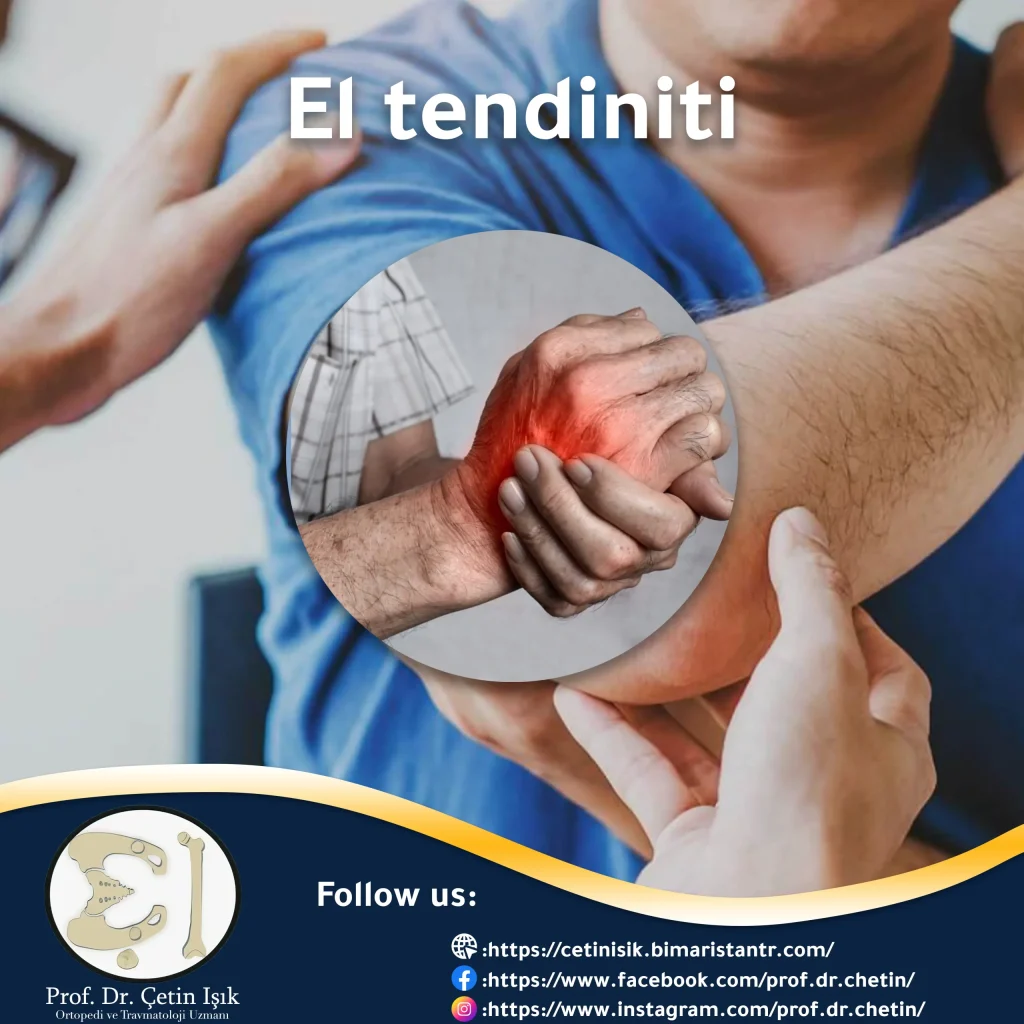Hand joint sprain is a common injury among athletes as a result of stretching the wrist ligaments. It is usually painful and requires treatment either with conservative measures or surgically in severe cases.
All that is required to twist the joint of the hand is a temporary loss of balance during a slip or fall, as most people rely on the hand for protection as the force of the impact is transmitted towards the forearm and bends through the wrist and the subsequent stretching of the ligaments.
Hand joint sprain occurs due to the tension of the ligaments that connect the wrist bones together, as small tears are formed in the ligament surrounding the wrist, causing pain and difficulty in moving the joint.
Continue reading this article to learn about hand joint sprain, the most important causes and symptoms associated with it, care methods, and how to treat mild and advanced sprains.
What is a sprained hand joint?
Known sprained wrist Sprain of the hand joint as tearing or stretching of one or more of the wrist ligaments that connect the wrist bones together and with the radius and ulna bones, often resulting from bending the joint backwards a lot or from falling on an outstretched hand while practicing certain types of sports, causing pain Swelling and decreased flexibility on either side or back of the wrist.
Wrist ligaments
The ligaments are bands of fibrous tissue that connect two bones together, and the ligaments of the wrist connect the wrist bones to each other and are called the internal ligaments, and with the bones of the forearm (radius and ulna) and the metacarpals, which are the external ligaments.
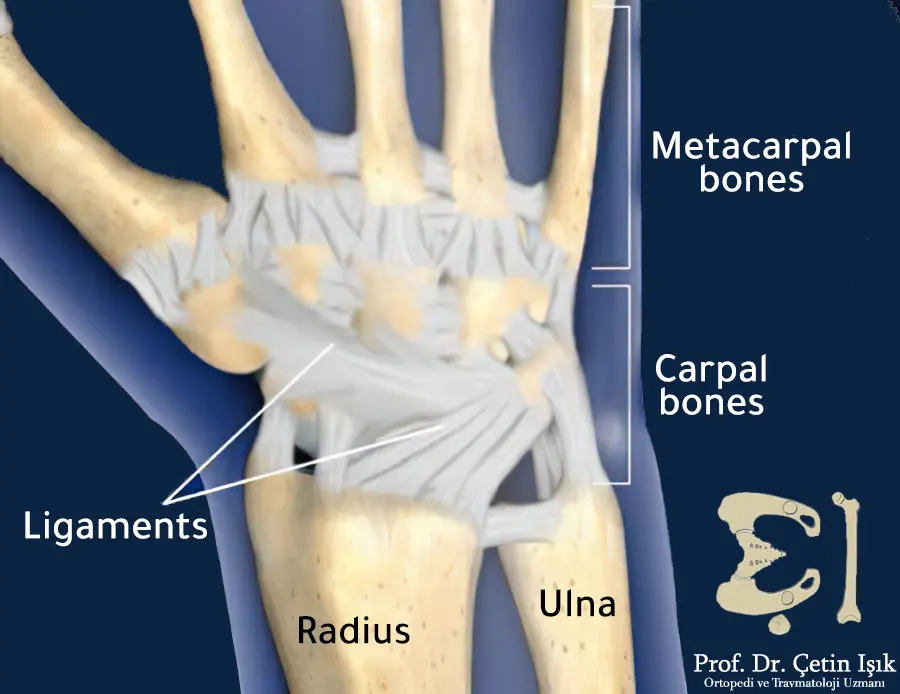
Degrees of hand joint sprain
The classification of hand joint sprain varies depending on the degree of ligament damage and is divided into:
- Grade 1 sprain (mild): in which a slight stretch occurs in the ligaments while maintaining the stability of the joint
- Second degree sprain (moderate): It is done Torn hand ligaments Partially, the sprain affects the stability of the wrist and may cause pain even without using the joint. This type requires wearing a splint designed for the wrist.
- Third-degree sprain (severe): It is a complete rupture of the ligament with severe instability in the joint, as it may be associated with a dislocation fracture of one of the bones (part of the bone is withdrawn by the torn ligament), and here it requires medical or surgical care.
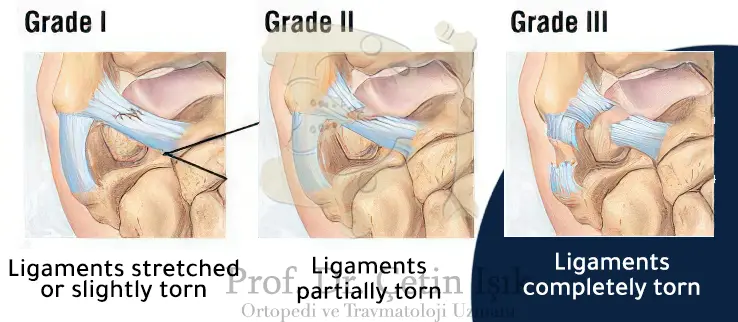
Causes of hand joint sprain
Anything that applies enough force to stretch the ligaments in the wrist can cause a sprain Hand wrist sprain.
The most common causes include:
- Falling (especially while protecting oneself and falling onto outstretched hands)
- Sports injuries, either through sudden force or repetitive blows such as racquet sports such as tennis or boxing
- Trauma such as car accidents
There are also some less common health issues that can add additional stress to the ligaments of the wrist, such as:
- Rheumatoid Arthritis
- psoriatic arthritis;
Repetitive use of the wrist is also a common risk factor for a sprain, as is walking on crutches or playing a musical instrument.
Hand joint sprain symptoms
The manifestations of wrist sprain vary according to the degree of injury, to include the following:
- Pain: The pain ranges from mild intermittent to constant sharp
- Swelling: As a result of fluid gathering in the joints and tissues surrounding the area of injury, the amount of swelling usually varies according to the severity of the sprain
- Stiffness and lack of flexibility: Stiffness in the wrist joint occurs due to swelling or muscle spasms in response to a ligament injury, especially during flexion of the wrist backwards or to the sides, and it is good that flexibility gradually improves over time
- Joint weakness: the strength of the hand grip decreases with a general feeling of weakness in the twisted wrist
- Bruises: Bruises form on the skin above the wrist due to rupture of blood vessels. Bruises may sometimes extend towards the fingers.
- Numbness or tingling of the affected part: In the event of nerve compression as a result of a wrist dislocation, the patient feels numbness in one or more fingers.
- Crackling and instability in moderate to severe wrist fractures
Diagnosis of hand joint sprain
First, the doctor examines the degree of pain, swelling, flexibility, and range of the affected wrist compared with the healthy hand and investigates the reactions and sensations in the hand and fingers.
To confirm the diagnosis, the doctor uses x-rays of the wrist using one of the following techniques:
- X-ray: The X-ray does not show the ligaments but overlapping or rotation of the carpal bones can be seen indicating a ligament injury
- Ultrasound: to investigate joint inflammation or injury to the accompanying nerves, artery and vein, in addition to detecting swelling and fluid accumulation at the site of injury.
- MRI: It is useful in detecting ligaments, soft tissues, cartilage, and injured joints
Hand joint sprain treatment
Hand joint sprain treatment depends mainly on the severity of the injury to the ligaments.
It is usually recommended to follow self-care instructions within the first 24 hours after the injury to reduce swelling and protect the ligaments from further damage. Which includes the following:
- Joint rest: This includes avoiding causing activities and not overusing the wrist while it is healing
- Ice: Apply a cold ice pack to the skin above the wrist for 15 minutes a few times a day
- Wrist raise: resting the wrist or arm above the level of the heart as much as possible
- Compression: by wrapping the joint with an elastic bandage to help relieve swelling
- Wearing a brace: A wrist splint allows the hand to be held in a neutral position during recovery in the event of a severe sprain
- Take NSAIDs: such as naproxen and ibuprofen, as they help relieve sprain pain in the affected area.

It is possible to resort to physical therapy, which aims to increase strength, improve flexibility and enable functional movement of the wrist, under the supervision of a physical therapist as part of a plan to treat sprains, depending on the degree of injury.
Hand joint sprain treatment by surgery
In rare cases of Hand sprain In severe cases, in which the ligaments are completely torn or the wrists are fractured, patients may need surgery during sprain treatment to restore the ligaments' motor function or to stabilize bone fractures.
Wrist surgery can be performed either arthroscopically with a small incision or, in severe cases, open surgery.
The options available for surgically treating hand joint sprain are varied, and the surgeon can perform several procedures during one surgical procedure. like:
Closed reduction and internal fixation
In it, the doctor stabilizes the injured ligament by re-aligning the wrist bones, and then special devices are used tofor bones fixation using plates or screws that are usually removed once healing is complete.
Heat shrinkage
It includes a special probe that uses heat to shrink and tighten the damaged ligament. This treatment results in improved joint stability.
Ligament reconstruction
In cases involving a large tear, the ligaments of the wrist can be reconstructed by means of tendon grafts.
Arthrodesis or arthroplasty
The surgeon resorts to them only if the ligaments fail to heal, causing a development Hand arthritis Over the years.
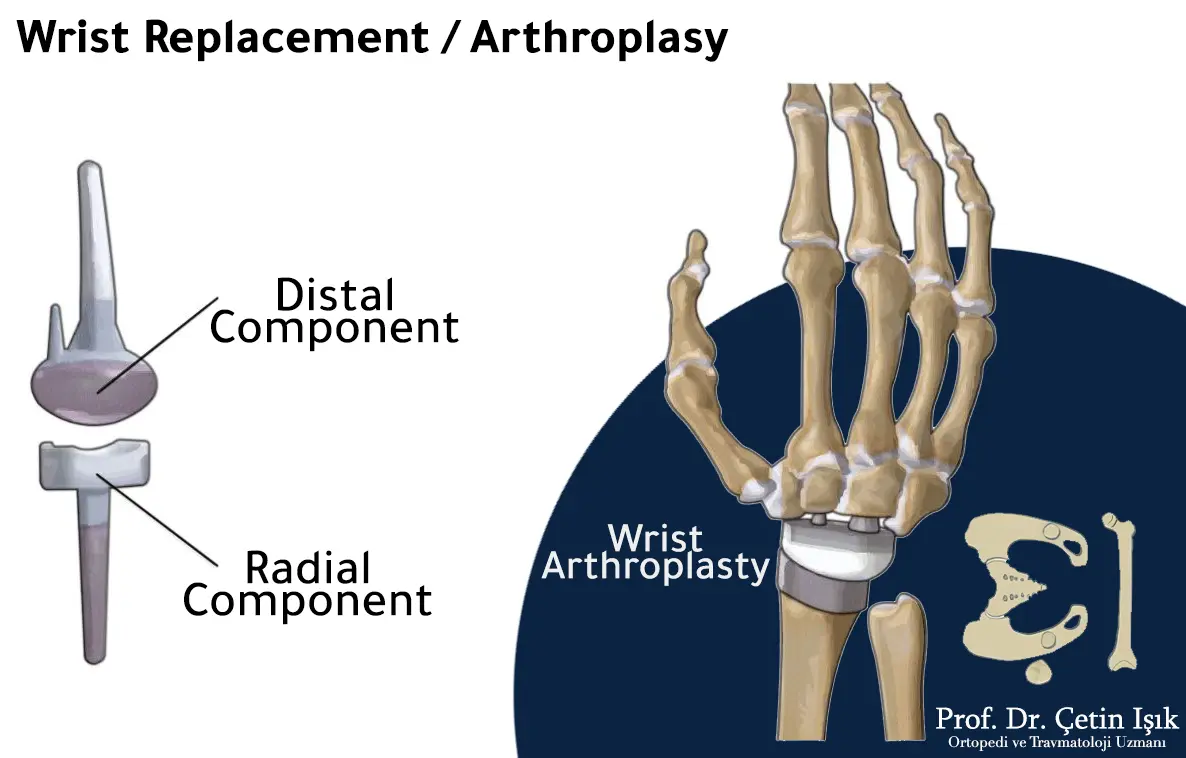
Complications of a sprained carpal joint
Common complications of wrist sprains include injuries that may occur along with the sprain, such as:
- bone fractures; Especially certain types of fractures such as Collis fracture
- Tendon injury
- Nerve damage
Wrist sprain prevention
Includes advice on prevention Carpal sprains Avoid exposure to the following:
- Strengthening the hands and wrists through their own exercises
- Avoid high-friction activities that increase the risk of falling
- Wear wrist guards when participating in sports such as skiing or boxing
- Warm up before sports or exercise, as well as do stretching after
Finally, it is necessary to evaluate all but the mild cases of suspected hand joint sprains, as they cause prolonged and recurrent pain. However, most injuries can be treated with rest and self-care measures.
Sources:
Common questions
Conservative treatment measures, such as rest, ice, elevating the hand and wearing a light pressure bandage, can be started directly. In the event that pain and swelling persist for several days or worsen, a specialist doctor should be referred to conduct tests and assess the injury.
The recovery time for a hand sprain depends on the severity of the injury and the way the sprain is treated. A first-degree sprain takes less than a week or two, while a severe sprain requires several months due to a large tear in the ligaments.
Most sprains are not considered serious, and most will respond to rest, ice packs, and pain relievers unless they cause a large tear and a fusion fracture follows.
Yes, the hand joint sprain causes swelling in the affected area as a result of the accumulation of fluid in the wrist and surrounding tissues, and its size varies according to the severity of the tear.


